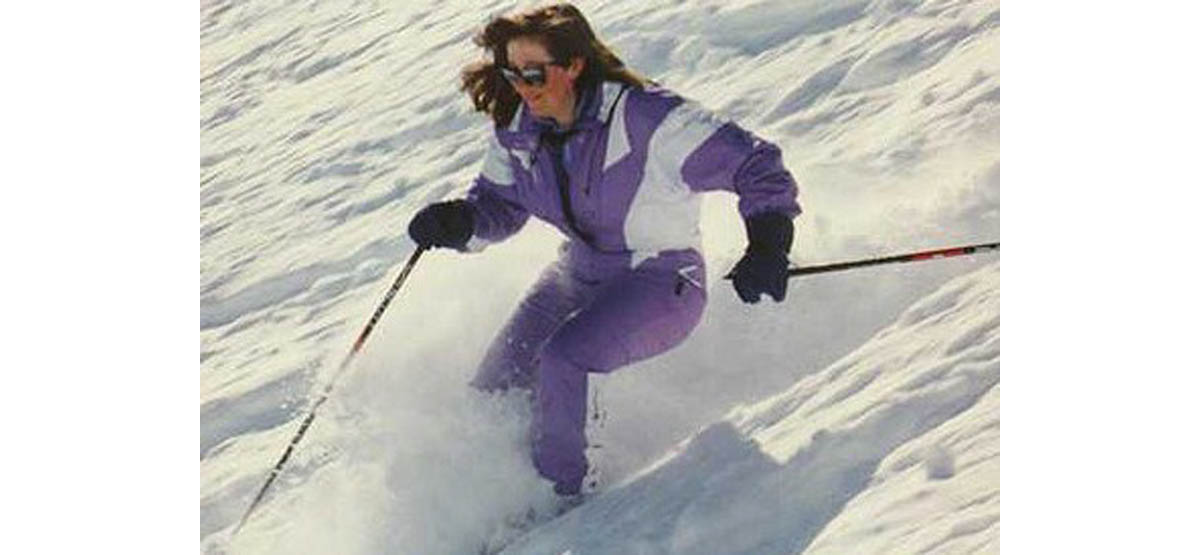Table of Contents
An hour on the snow can be harder on your eyes than an afternoon at the beach. Here are 10 ways to protect your eyes from glare and UV damage when you spend time in the snow.
The human eye simply was not designed to operate in bright sunlight reflected off white snow. Fortunately, there are 10 ways to stop vision problems in snow season.

1. The worst symptoms of snow blindness may not be noticeable until 6 to 12 hours later.
You may be able to spend your day in the snow with no problems at all, only to suffer blurred vision, double vision, spasms of the muscles around the eyes, pain, itching, irritation, tears, and decreased visual acuity in the middle of the night. The worst snow-related vision problems usually don't provide early warning signals.2. Moisture accelerates healing from eye injuries.
It used to be that if you went into the emergency room to get treatment for damage to your cornea from UV light exposure the doctor would apply a dressing directly to your eye and put a bandage over the dressing, keeping your eye open, for 24 hours. Many people found the treatment worse than the disease .Nowadays, doctors recognize that the cornea heals more quickly when it the eye is not bandages. Sterile eye drops and keeping moisture in the air while indoors will accelerate healing. If you are staying in a building heated with a forced-air heating system, you will probably get better faster if you use a vaporizer or humidifier.
3. Topical pain relievers are usually not designed for eye pain.
There are topical Tylenol and topical Ibuprofen products doctors sometimes apply directly to the eye to relieve pain, but don't try this at home. And don't sneak out of the emergency room with the doctor's bottle of pain relief gel. Applying it at home can cause infections.4. UV protection is essential for high-altitude skiing (and any activity in the Arctic or Antarctic when the sun is shining).
Wrap-around goggles with UV protection are a must when UV levels are high and the landscape is covered with snow. Most high-altitude sports participants will have the goggles, but they will be tempted to take them off when they fog up or when it's cloudy. Don't do this. At high altitudes, the are potentially harmful amounts of UV in sunlight even on a cloudy day. You may not notice any problems at the time, but the next day your eyes may be a mess.5. Polarized sunglasses offer more protection than ordinary sunglasses.
Snow reflects sunlight in every direction. Polarized sunglasses remove some of the "stray" reflections to limit the amount of light hitting your eyes. Regular sunglasses just make glare dimmer, but polarized glasses eliminate it.6. You can easily determine whether your sunglasses are polarized.
Not sure whether your glasses are polarized? Take them off and look through them out a window. Turn the glasses slowly and see if the intensity of light changes . If it does, the glasses are polarized.7. Sunglasses don't help when the sun is low in the sky.
Polarized sunglasses are great for driving when the sun is relatively high in the sky. They are of maximum benefit when the sun is 37° above the horizon, about where it is as high noon in most ski areas. Cars and shiny objects in front of you reflect sunlight in a horizontal plane and your polarized sunglasses eliminate glare in the vertical plane so you get the maximum benefit from wearing them at midday .When the sun is low in the sky, however, the glare from cars and metallic objects shines up and down rather than right and left. At dawn and at dusk, sunglasses limit your vision even if there is glare form the snow.
8. Snow goggles should be vented.
When you're wearing snow goggles, you don't want them to fog up. You especially don't want the fog to freeze on your glasses. Snow goggles that are vented at the bottom of the wrap-around, not the top, let moisture escape so it does not fog or freeze.
See Also: Eye Exercises for Healthy Eyes
9. Snow goggles should be flexible even when it's cold.
It doesn't do you a lot of good to wear goggles if the frames snap when they are exposed to extreme cold. Fleece to protect the skin at points of contact also makes goggles much more comfortable.10. Fluffy and Fido need eye protection too.
If you're taking pets with you on your winter vacation, don't forget that they need eye protection, too. Optical products makers make snow vision protection for cats and dogs that can save them from eye pain and even loss of sight if they spend a lot of time in bright light reflected from the snow. Of course, you can always just keep your pets inside.Just how common is snow blindness that is bad enough to require emergency room treatment? Fortunately, the answer is not very. The University of Utah treated just 15 cases in 25 years—13 of them skiers who did not wear any glasses or goggles at all, and 2 who wore glasses without side protection.
- McIntosh SE, Guercio B, Tabin GC, Leemon D, Schimelpfenig T. Ultraviolet keratitis among mountaineers and outdoor recreationalists. Wilderness Environ Med. 2011 Jun.22(2):144-7. Epub 2011 Jan 14.
- Photo courtesy of cernese on Flickr: www.flickr.com/photos/cernese/83840612/

